The Story Your Reviews Were Trying To Tell You
The Challenge
A leading pet-food brand sat on thousands of scattered reviews across its site, Amazon, and retail partners. Basic sentiment tools spat out "positive/negative/neutral," but missed the point: when the end consumer can't talk, owner language carries nuance. The brand needed more than stars - it needed the story behind them.
The Storyboard Approach
Nexlytix built AI-powered Review Storyboards that turn unstructured feedback into narrative intelligence for Product, Marketing, and CX.
Unify: Consolidated reviews from eCommerce, retail partners, and social into a clean, real-time insights hub.
Decode: Applied domain-tuned NLP to separate human-centric vs pet-centric concerns and extract themes, tone, and triggers.
Direct: Presented the why, when, where, and what to do next in role-based Storyboards so teams could act immediately.
What the Story Revealed
Drivers of love: taste, acceptance, and overall quality.
Triggers of churn: packaging faults, mold complaints, digestive side effects.
Emotional signals: "dog excitement" moments correlated with loyalty; "refusal/illness" with returns.
Reviewer lens: human-centric notes skewed slightly more positive than pet-driven observations (refusal, sensitivity).

The Action Chapter (Playbook)
Inventory & Assortment: Prioritize SKUs with rising love-themes; throttle those with compounding risk-themes.
Personalization: Campaigns by region, season, and pet type aligned to dominant local themes.
R&D Feedback Loop: Ingredient transparency and packaging durability fed directly into sprint backlogs.
Real-time Ops: Sentiment spike alerts accelerated issue resolution across CX and Quality.
New KPIs, Built for Story
Theme Lift Score: How much a theme (e.g., "freshness") moves overall rating.
Packaging Risk Index: Weighted probability of packaging-driven negatives.
Palatability Confidence: Composite signal from "acceptance," "excitement," and "refusal" language.
Impact
By translating unstructured reviews into structured, visualized intelligence, the brand was able to:
Prioritize inventory based on popular SKUs and emerging dissatisfaction themes.
Create hyper-personalized marketing tailored to regional, seasonal, and pet-type variations.
Inform R&D teams on specific improvements like ingredient transparency or packaging durability.
Even a small shift in star rating tied to common complaints led to notable improvements in reorder rates and reduced returns. By translating unstructured reviews into structured, visualized intelligence, the brand was able to realize tangible business benefits:
+18% improvement in reorder rates for top-rated SKUs after acting on recurring review themes (e.g., freshness, packaging upgrades).
25% reduction in negative reviews tied to packaging issues within 60 days of implementing design improvements.
3x faster resolution of product quality issues due to real-time alerts from sentiment spikes.
Marketing campaigns based on pet-owner emotional triggers (e.g., pet excitement) led to a 12% lift in CTR and 8% increase in conversions.
Saved $300K+ annually by reducing churn-related support calls and refunds via proactive CX interventions.
Unlocked new premium pricing tiers for SKUs with consistent 5-star sentiment and high “feel” and “palatability” scores leading to an 8.5% YoY revenue increase in that segment.
Created a data subscription model now offered to retail partners (e.g., pet stores) to share insights projected to generate $150K+ in new revenue streams annually.
The Takeaway
Dashboards summarized reviews. Storyboards turned them into a roadmap, revealing what matters, why it matters, and what to do next.

